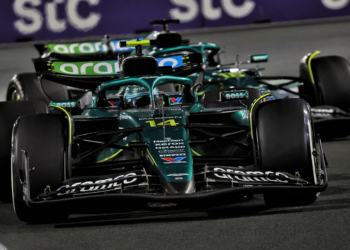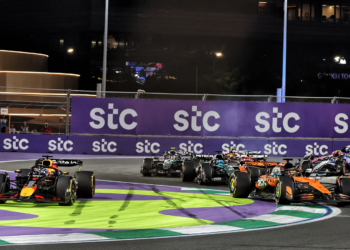Formula 1’s 2025 regulations represent the biggest shake-up the sport has seen in recent years.
The championship strategies will change significantly as teams lose the fastest lap point, which means 24 fewer points throughout the season.
These changes will alter the sport way beyond the reach and influence of point scoring. The cars will also get heavier with minimum weight requirements. The extreme conditions at Qatar 2023 prompted officials to add a new mandatory driver cooling system that kicks in when temperatures hit 31°C.
These comprehensive changes will revolutionize Formula 1. Teams must rethink their strategies while drivers adapt their performance to stay competitive in this evolving landscape of the sport.
Key F1 regulation changes that will reshape the 2025 grid
Formula 1 teams must give rookie drivers twice as many practice opportunities in 2025. Each team needs to give four first practice sessions – two per car – to drivers who haven’t raced more than twice in the championship.
On top of that, the FIA has brought in tougher wing flexibility tests. Rear wings will face stricter checks with new deflection limits starting from the Australian Grand Prix. The main plane can’t flex beyond 6mm under load, and the upper flap can’t move more than 7mm when horizontal force is applied.
See more about these rule changes at the Sports Geek and learn how you can take advantage of this when placing a wager.
Teams must also now use a mandatory driver cooling system when the ambient temperatures go above 31°C. Race procedures have changed too. Teams at Monaco must now make two pit stops and use three different tire sets from two compounds. Moreover, the driver weight allowance has gone up from 80kg to 82kg, which pushes the overall car weight from 798kg to 800kg.
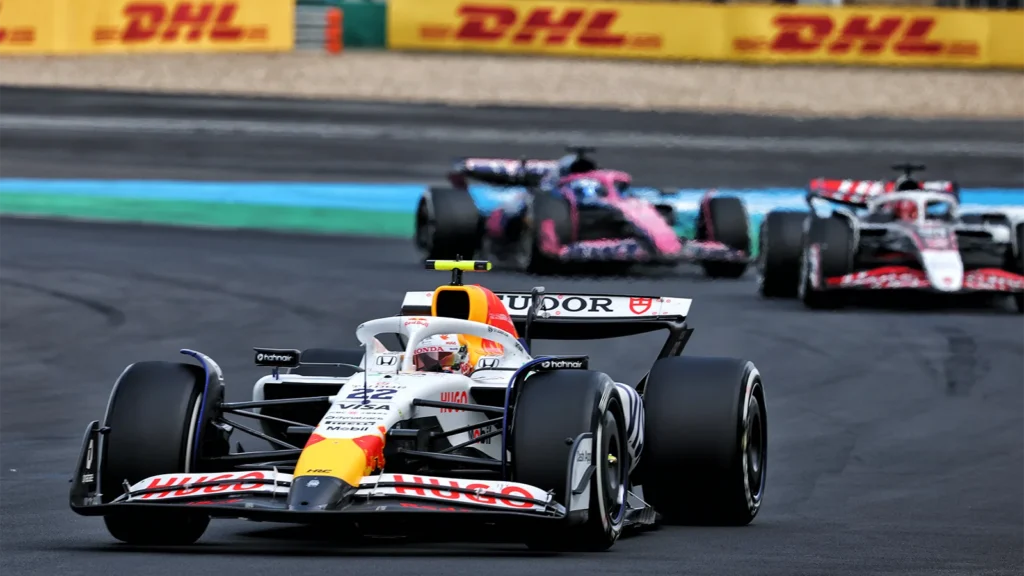
Gearbox usage rules have been totally scrapped. Teams can now use previously regulated components without limits since the FIA trusts current designs’ reliability. These detailed changes want to boost competition, put driver safety first, and keep things fair for teams of all sizes.
How these new rules will benefit some teams while hurting others
Formula 1 must solve a significant dilemma as they head into the 2025 season. Teams need to balance their current success against preparation for major rule changes in 2026. This choice will affect team performance throughout the year.
Red Bull seems to be falling behind their competitors, currently third in the Constructors’ Championship. But Max Verstappen’s skill might help them.
Ferrari looks ready to lead the pack. The team brought in seven-time World Champion Lewis Hamilton and showed promising improvements during preseason testing. McLaren has a slightly weaker driver lineup but stands ready to challenge Ferrari’s dominance.
But teams like Haas, Kick Sauber, and Alpine have little hope for 2025. The development race adds another layer of complexity. Teams that start 2025 poorly might shift their focus to the 2026 regulations instead. This is a big deal as it means that development rates for 2026 cars should outpace those of 2025 models.
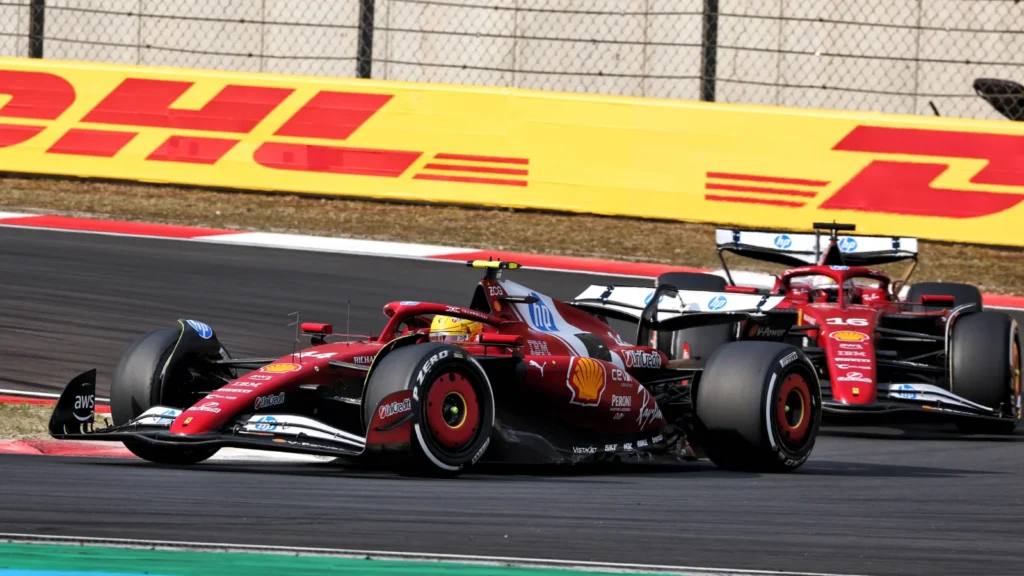
Aston Martin has shown this forward-thinking approach by hiring star car designer Adrian Newey. He joins specifically to work on their 2026 project. Sauber sees 2025 as a “building year” before becoming Audi.
The hidden financial implications of the 2025 F1 regulation changes
The financial structure brings new possibilities and hurdles to teams. Championship-winning constructors had to pay a simple fee of $680,203 plus $8,161 for each point scored in 2024. Other teams paid $6,799 per point. The cost cap remains a significant factor at $140.4 million for 2025.
Teams receive $1.8 million above the $135 million baseline for each race beyond the standard 21-race calendar. These numbers carry complex implications for team operations. The unexpected effect of the cost cap will make it harder to attract top graduates since they can’t offer competitive salaries anymore.
Teams must now spend more resources on compliance and interpretation, which strains their tight budgets. They wrestle with strategic spending choices. On the other hand, the cost cap will rise to $215 million in 2026 to accommodate new power unit regulations.
This $50 million increase represents a 30.3% jump from 2024 levels. Furthermore, some teams will be forced to move funds from their 2026 budget to fix current technical issues.
Strategies that drivers and teams must adapt for the 2025 season
The 2025 Formula 1 season needs bold strategic changes from teams and drivers alike. McLaren shows how it’s done by taking “brave risks” with their car design instead of minor adjustments. Their CEO stresses they need to “out-develop, out-drive, and out-strategize” their rivals.
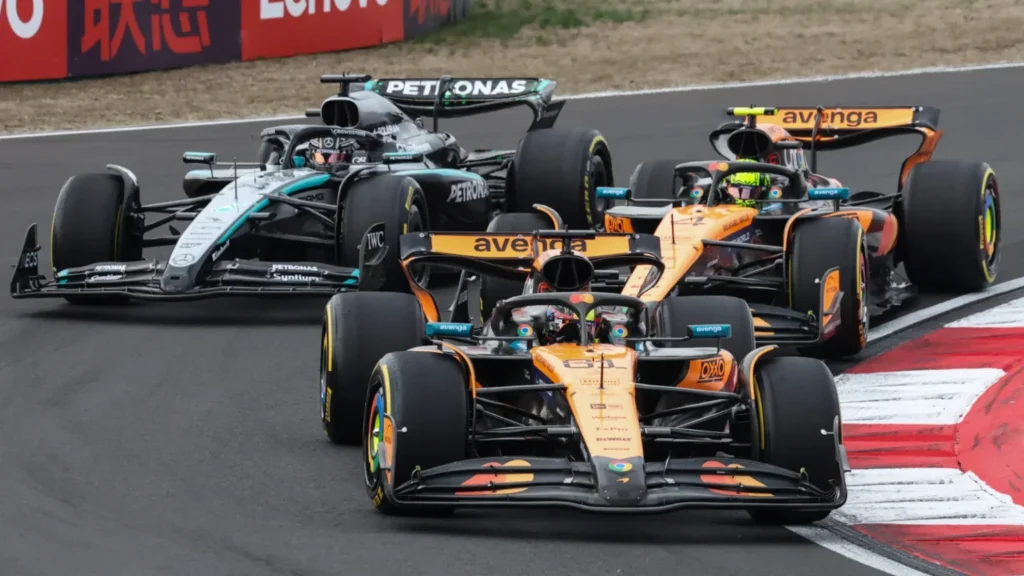
Teams now have new tactical options with unrestricted gearbox usage. They can freely test different gear ratios without penalty risks, which might reveal performance advantages at specific tracks.
Monaco’s new mandatory two-stop rule changes race strategies completely. Teams might opt for early double stops when safety cars appear, especially with drivers at the grid’s back. These changes should make the traditionally processional race more exciting.
Tougher technical rules require teams to adapt quickly. The FIA’s stricter wing flexibility tests start with rear wing checks in round one and front wing inspections in round nine. Teams must rethink their aerodynamic approach because of these changes.
Finally, race directors can now force immediate stops for cars with major damage. Pit walls need to take quick decisions to dodge penalties while keeping competitive positions. This rule puts teams under more pressure than ever before.




